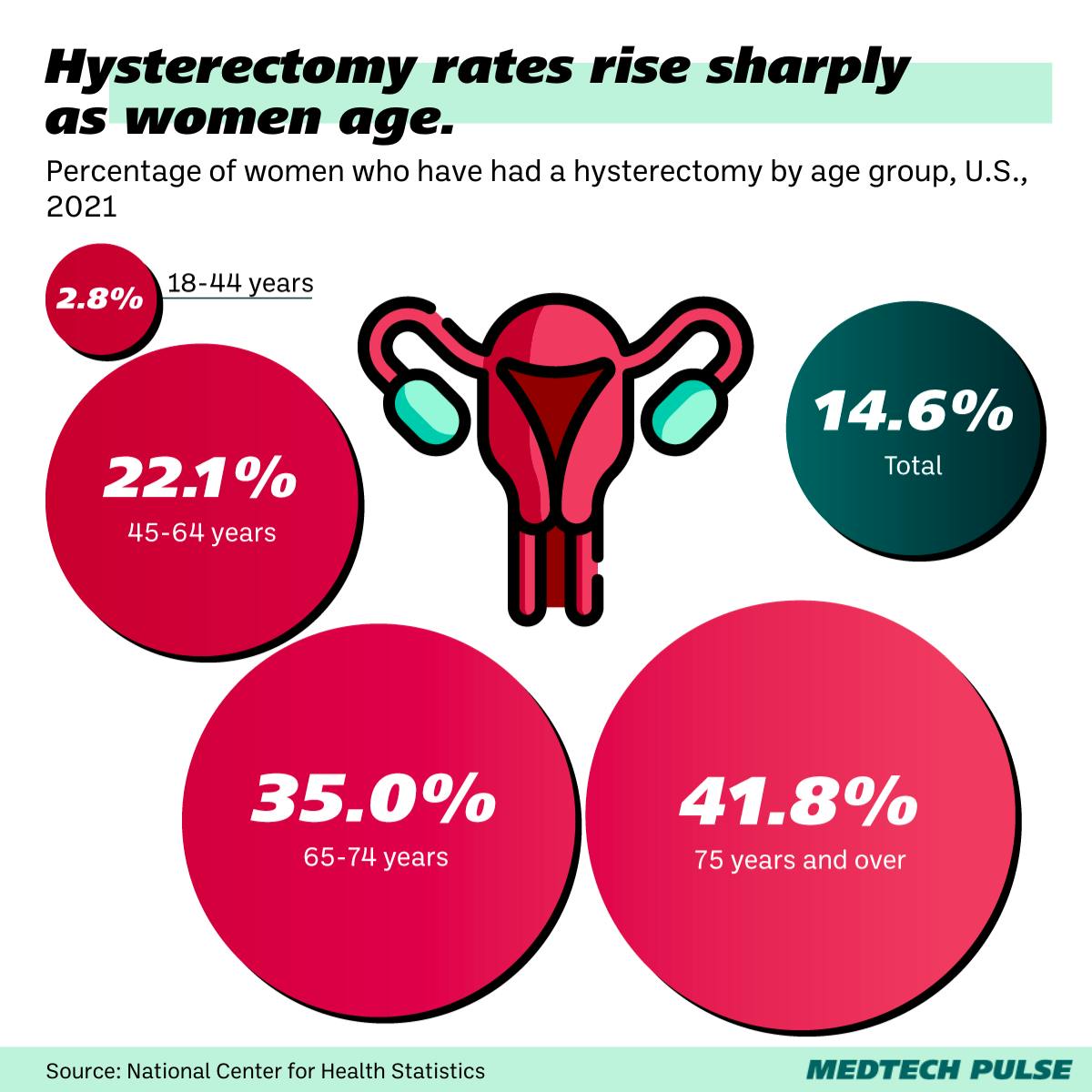Medtech gets hysterical
Shakespeare’s Juliet famously asks, “What’s in a name?”
In medicine, the answer is often, “A lot.” Names are essential and consequential when it comes to healthcare.
What we call something can lend it authority, help patients better understand what it is, or even cause stigma.
Possibly the most famous example of the latter is the original name given to AIDS: Gay-Related Immune Deficiency (GRID).
Today, we know HIV and AIDS are a danger to more than just the LGBTQ community, but that initial association further stigmatized both gay men and AIDS patients, leading many to grow sick and die in the dark.
Now, in gynecology, the tide is turning on a familiar name for an important procedure: the hysterectomy. There’s growing pressure—especially in Australia—to rename the procedure to a uterectomy.
The calls to change the language point out the origins of the term hysterectomy: outdated understandings of women’s anatomy.
- Today, hysterectomies are performed in several contexts, including to treat endometriosis, heavy menstrual bleeding, or as part of gender-affirming surgery.
- The procedure, which is the surgical removal of the uterus, was done for different reasons centuries ago.
- In the 19th century, hysterectomies were done to treat hysteria, a mental disorder believed since Ancient Greece to cause uncontrolled emotions as a result of a wandering uterus.
Given how common and medically relevant this procedure is now, should it not have a name that better reflects its modern context?

So, where is the lesson for medtech in this discussion?
What we call something matters.
As innovators, we often have the privilege of naming new technologies and therapies before they make it to patients and providers. We have to do so thoughtfully, compassionately, and strategically.
For many of us, our wildest dreams involve our inventions having lasting impacts beyond our lifetimes. Let’s give them names worthy of a legacy.
